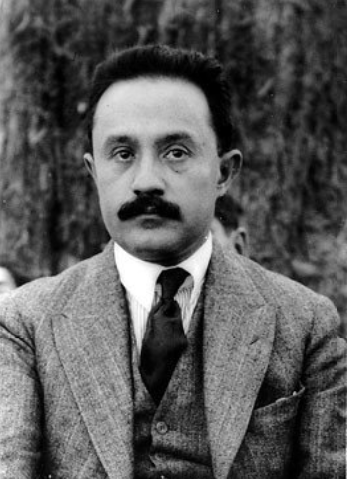José Vasconcelos, A Legend of Mexican Education and Politics
José María Albino Vasconcelos Calderón was a philosopher, educator, lawyer, writer, and politician; he was born on February 27, 1882, in Oaxaca. In 1925 he published The Cosmic Race, one of his most influential books, in which he expounds some of his reflections on indigenousness.





